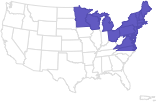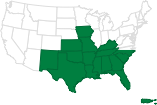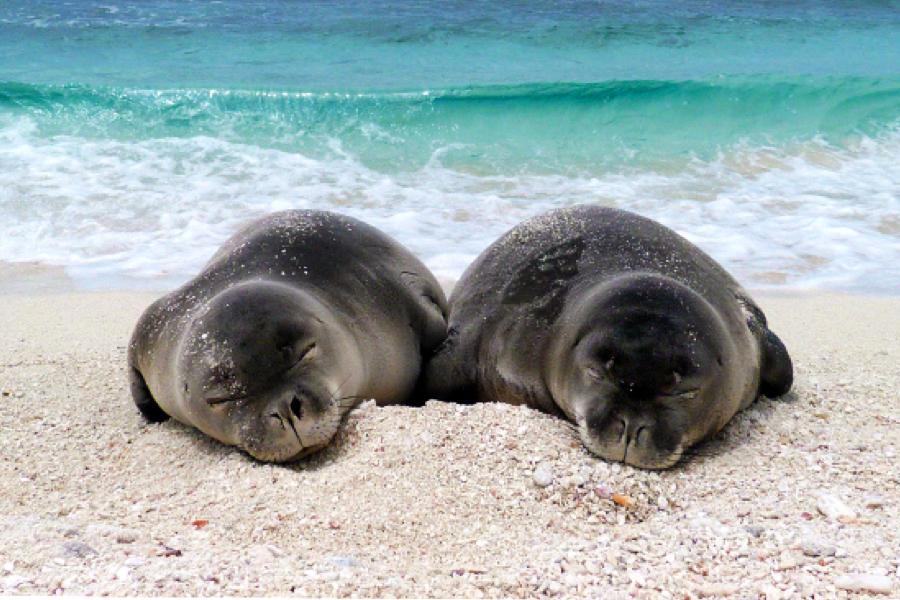Featured News
 Here comes Santa Claws!
Here comes Santa Claws!
Feature Story
Shell-ebrate the Holidays with Festive Fisheries Cards
Alaska
New England/Mid-Atlantic
Pacific Islands
Southeast
West Coast
National
 State and federal enforcement officers coordinating patrol efforts off Cape May, New Jersey.
State and federal enforcement officers coordinating patrol efforts off Cape May, New Jersey.
 Pacific bigeye tuna. Credit: NOAA Fisheries
Pacific bigeye tuna. Credit: NOAA Fisheries
Feature Story
U.S. Fights for American Fishing in the Pacific, Leads Electronic Monitoring of International Fleets
Pacific Islands
International

Feature Story
Part 1: Seafood Tips from the People Bringing You America's Seafood
New England/Mid-Atlantic
Southeast
National
 A vermillion rockfish—just one of many species that are now abundant—swims through the restored Palos Verdes Reef. Credit: Jonathan P. Williams, Vantuna Research Group
A vermillion rockfish—just one of many species that are now abundant—swims through the restored Palos Verdes Reef. Credit: Jonathan P. Williams, Vantuna Research Group
 Credit: NOAA Fisheries and Partners
Credit: NOAA Fisheries and Partners
Feature Story
Part 2: Seafood Tips from the People Bringing You America's Seafood
Alaska
Pacific Islands
West Coast
National
Notices & Rules
Protected Resources
Protected Resources
Fisheries
Protected Resources
Protected Resources
Upcoming Events
Bulletins
Open Funding Opportunities
Find a Species
Explore By Region
Explore by Topic
- Aquaculture
- Bycatch
- Careers & More
- Chesapeake Bay
- Climate Change
- Commercial Fishing
- Consultations
- Ecosystems
- Endangered Species Conservation
- Enforcement
- Fishery Observers
- Habitat Conservation
- International Affairs
- Laws & Policies
- Marine Life in Distress
- Marine Life Viewing Guidelines
- Marine Mammal Protection
- Offshore Wind Energy
- Partners
- Population Assessments
- Recreational Fishing
- Recreational Fishing Data
- Resources for Fishing
- Seafood Commerce and Trade
- Socioeconomics
- Sustainable Fisheries
- Sustainable Seafood
- Teacher at Sea Program
Multimedia
 GulfCorps crews clear vegetation to restore habitat in Florida. Credit: John Stanmeyer/The Nature Conservancy.
GulfCorps crews clear vegetation to restore habitat in Florida. Credit: John Stanmeyer/The Nature Conservancy.
 Fresh-caught taʻape on ice. Credit: Conservation International Hawaiʻi.
Fresh-caught taʻape on ice. Credit: Conservation International Hawaiʻi.
Podcast
Reducing Waste and Feeding Communities in Hawaiʻi with a Whole Fish Approach
Pacific Islands
 Researchers retrieve a passive acoustic recorder. Courtesy: Woods Hole Oceanographic Institute
Researchers retrieve a passive acoustic recorder. Courtesy: Woods Hole Oceanographic Institute
Video
Listening for Whales: Using Passive Acoustic Monitoring to Track North Atlantic Right Whales
New England/Mid-Atlantic
Southeast











